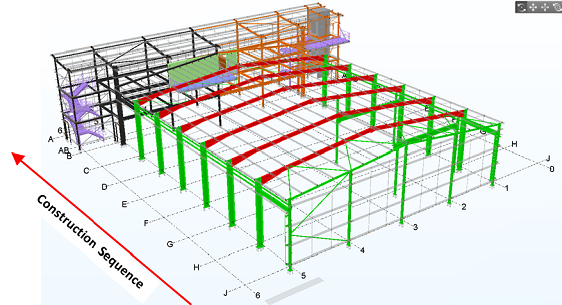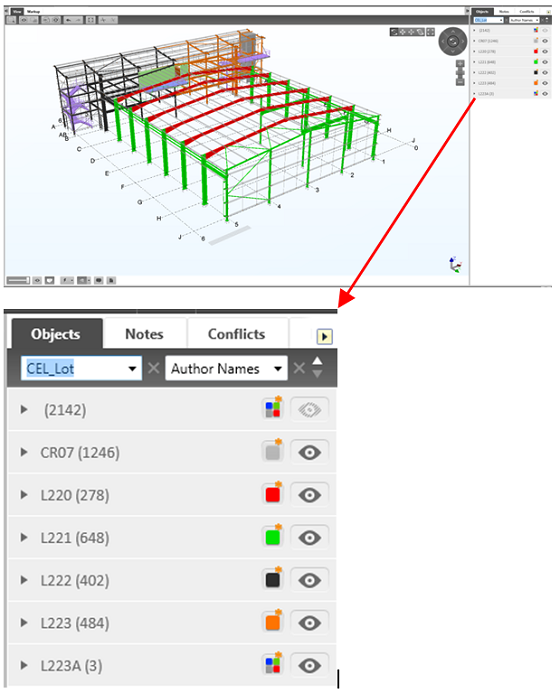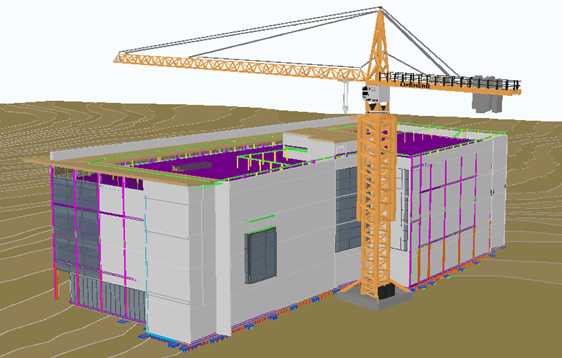This project is going to be done using BIM” – fourth step – Planning Construction
IntroductionCaunton has done a number of projects where BIM has been used to some extent. None of them has been done with a full and formal BIM process in place but we feel this represents the reality of the construction industry at the moment.
We’ve decided to publish a series of short articles to try and answer the types of questions which many people in the UK construction industry are now asking. The articles will map steps in the BIM process as we see them.
Article No. 5 – Planning Construction5.1 The Build PeriodThere is always pressure on project build programmes and a desire to shorten them to the least possible period. BIM can help by providing a virtual environment in which the construction team can explore different build scenarios to find which will work best for the project.
The BIM model produced during the initial design period can be used but may not contain a sufficient level of detail for the construction planning team. Caunton believe that as the BIM process becomes more widely adopted and the implementation date (2016) gets nearer, it is likely to consolidate into a more generally agreed process.
5.2 Construction SequenceThere can be many different ways to construct a project and the challenge for all construction teams is to find the solution which provides the shortest build period and maximum benefit for the project.
Caunton operates on a “just-in-time” manufacturing basis to maintain their established high level of efficiency. The principal is very simple: the right materials have to be in the right place at the right time to ensure the all-important contract programme is achieved.
It is very easy to show individual Lots (lorry loads) in different colours to help everyone understand the delivery and construction sequence.
On BIM projects a virtual digital prototype is created during the design period. This can be used very effectively to enable a level of common understanding amongst the construction team that is sometimes hard to achieve using traditional paper based information systems.
Using the building information model and working in an open and honest way, the whole construction team can discuss, agree and implement the optimum construction sequence.

The model, colour coded as shown, can be shared with the construction team as well as our own installation crews via Tekla BIMsight.

Having the right construction sequence is therefore critically important as it drives all internal processes that have to be carried out prior to delivery and erection of the finished goods.
5.3 The 4D modelIt is quite possible to add time data to objects in the project model. Having this information for key objects in the model, such as foundations, structural frame, building services and building envelope can be very beneficial.

Having relevant objects with their time data present in the model means the construction team can really understand and see the inter-dependencies of different building elements. This can help them to consider different construction scenarios more quickly and easily.
The BIM model is at the heart of the design and construction process as well as providing the means by which asset information can be issued to the Client when construction is complete.
This is the final article on Caunton’s approach to BIM. For further information, please see previously published articles on our website:
Article No. 1 - There needs to be a different approachArticle No. 2 – Understanding BIM termsArticle No. 3 - A different approach to designArticle No. 4 - The Project Model